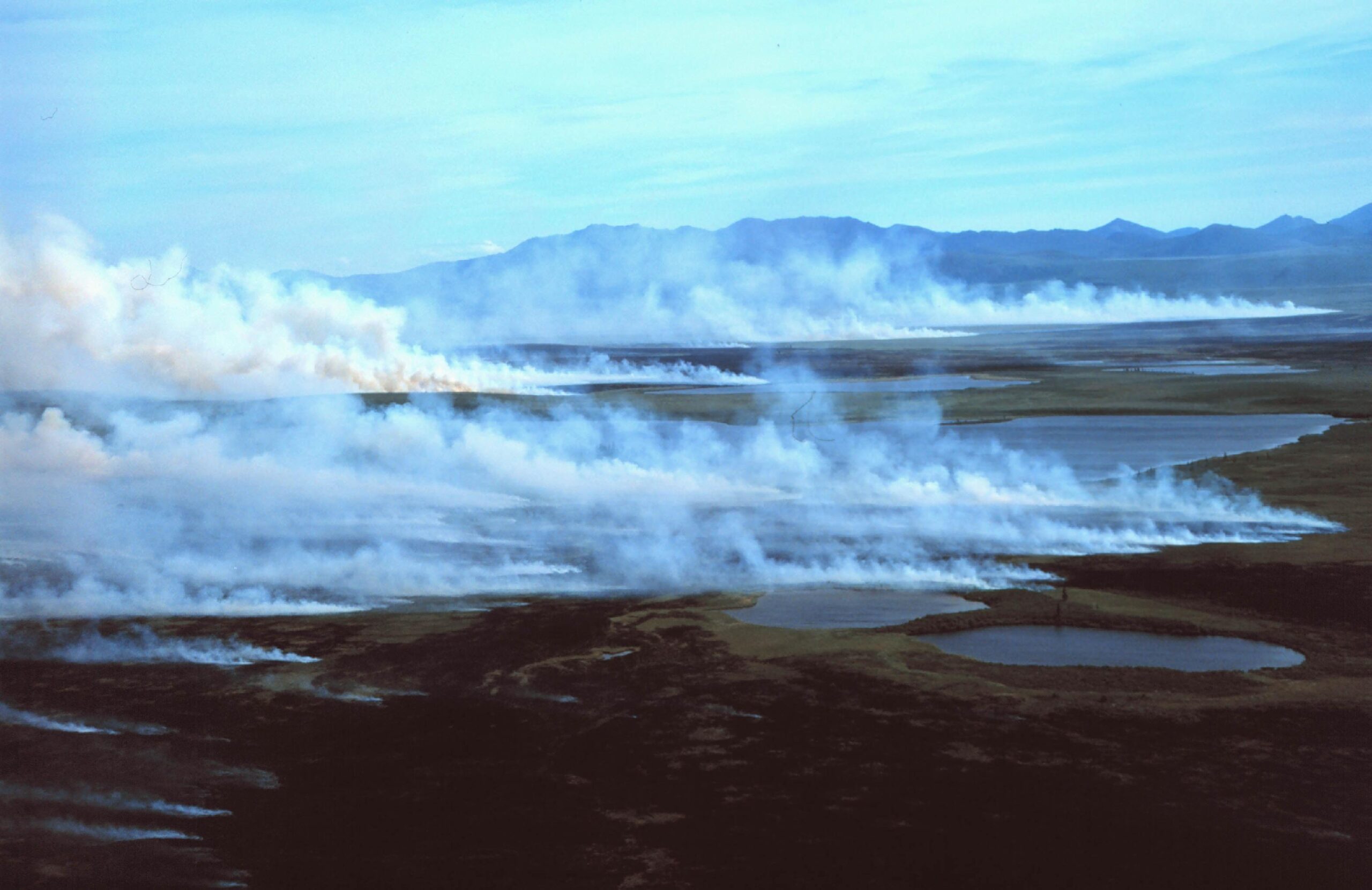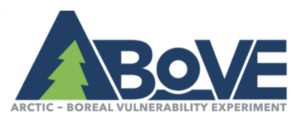
Putting Theory into Practice
The Arctic is the fastest-warming place on Earth. It’s one thing to learn about rapid climate change as a Bard CEP Climate Science and Policy graduate student from textbooks and classroom discussions. It’s a wholly more impactful experience to directly contribute toward advancing our scientific understanding of the environmental and societal consequences of climate change like those occurring in the Arctic. This summer, I had the opportunity to do just that as an intern with the National Aeronautics and Space Administration (NASA) before switching gears to begin the environmental law program at Vermont Law School (VLS).
Scientific Research as a NASA Intern
I interned with a team of scientists working on the Arctic-Boreal Vulnerability Experiment (ABoVE), a 10-year long field and airborne campaign funded by NASA. ABoVE combines ground-based research in Alaska and northwestern Canada with data collected by NASA airborne instruments and satellites to investigate ecological impacts of rapidly changing climate in high northern latitudes.
Dramatic climate-induced changes in the Arctic, such as the thawing of permafrost (ground historically frozen for 10s to 100s of thousands of years), increasing wildfires, and changes to wildlife habitats, have significant implications for current and future global climate change. However, some of the specific drivers and dynamics in this region remain poorly understood. Increased thawing of permafrost from climate warming may in turn give rise to enhanced methane (CH4) emissions (a.k.a., hotspots) as exposed soils decompose and release ancient carbon to the atmosphere, accelerating a positive permafrost-carbon feedback. Increased frequency and severity of fires also observed in the region may further amplify this climate feedback. Given these unknowns, more research is needed to investigate processes that drive methane dynamics at finer scales.
One of the instruments used to facilitate this type of research is the Airborne Visible/Infrared Imaging Spectrometer-Next Generation (AVIRIS-NG). The hyperspectral imagery from AVIRIS-NG was recently used to reveal the spatial distribution patterns of CH4 hotspots across the ABoVE domain (Elder et al., 2020). However, the sheer volume of the dataset (100,000 km2 of surveyed area or roughly 3 billion individual pixels) limited detailed study of high priority regions. Who would have the time to leverage this new dataset? You guessed it, this is where my internship stepped in to help fill the gap.

I led a study that provided a unique, process-level analysis of CH4 hotspots at a site in one of the high priority regions in southwestern Alaska, the Yukon-Kuskokwim Delta (YKD). We replicated the hotspot signature for a YKD subset of the AVIRIS-NG dataset, and then conducted a series of geospatial analyses of the hotspots in conjunction with an Alaska fire history data layer to assess whether tundra fires enhance CH4 hotspots (see Figure 1).
We found that CH4 hotspots were on average:
- 47% more likely in burned areas
- 125% more likely near fire edges
- 6% more likely near fire edges with a water feature present
Our results suggest that tundra fires are an important driver of CH4 dynamics in the Arctic, with older fire edges exerting a particularly strong influence on CH4 hotspot distribution. Given the projected increases in fire frequency and severity with climate change, the associated enhanced CH4 emissions could turn the Arctic tundra into a carbon source, and thus accelerate climate warming.
Translating Science into Policy
I was both excited and motivated by the troubling results of my internship. I had the opportunity to participate in the full scientific process as part of a community that is unmatched in its commitment to excellence, collaboration and advancement. I feel truly honored to have been welcomed into that space. The results of our analysis, on the other hand, reaffirmed my sense of urgency in galvanizing a global response to climate change before we reach a catastrophic point of no return.
Preventing global climate catastrophe will take collaborative action – both big and small – across all sectors of society. For my part, I want to integrate scientific research and the power of the law to move from understanding to action, especially as it relates to protecting the ocean environment. I couldn’t have asked for a better opportunity than my internship with NASA to hone my geospatial and data analysis skills and expand my knowledge of global change science. Now, I’m off to VLS to develop the legal acumen and experience needed to effectively advocate for transformative climate and ocean policy.


